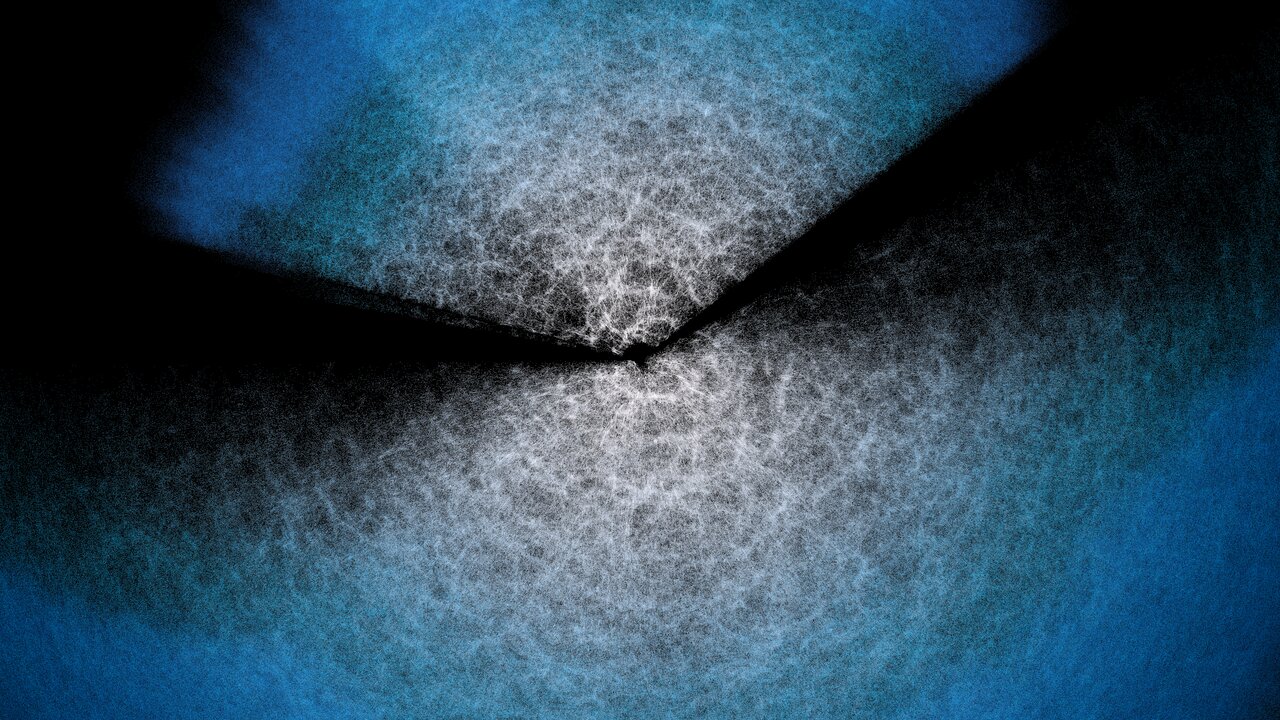Dark energy is not a cosmological constant, but varies over time, gradually weakening. This is indicated by analysis of data collected over three years by the DESI Collaboration, as well as results from studies of the cosmic microwave background, supernovae, and weak lensing.

The fate of our Universe depends on the balance between matter and dark energy, the fundamental component that drives its accelerating expansion. To better understand its impact, researchers use the Dark Energy Spectroscopic Instrument (DESI), a spectroscopic instrument on the 4-meter Nicholas W. Mayall Telescope at Kitt Peak National Observatory. It is capable of capturing light from 5,000 galaxies simultaneously, allowing it to conduct one of the most extensive surveys of the cosmos in observational history. In total, the project involves more than 900 researchers from more than 70 institutions worldwide.
Analyzing the data collected over the first three years of DESI’s work (it covers 15 million galaxies and quasars) revealed something unusual. By themselves, they are consistent with the standard model of the universe. However, if paired with other dimensions, there is a growing indication that the influence of dark energy is waning with time and that other cosmological models may be a better fit. These other measurements include light left over from the origin of the universe (cosmic microwave background), results from measuring the distance to supernovae, and observations of how light from distant galaxies is bent by the gravitational influence of dark matter (weak lensing).

So far, the suggestion of evolved dark energy has not reached the “5 sigma” level, the gold standard in physics that represents the generally accepted threshold for discovery. However, the various combinations of DESI data with the microwave background, faint lensing, and supernovae data sets range from 2.8 to 4.2 sigma. The authors of the study emphasized that the analysis used a technique to hide the results from scientists until the very end. This allowed to smooth out any unconscious biases about the data.
Scientists will soon begin work on additional analysis to extract even more information from the current dataset, and DESI will continue observations. Other experiments that will be launched over the next few years will also provide additional datasets. They will provide a better understanding of whether dark energy is indeed waning, and current cosmological models need to be revised.
We have previously covered how dark energy has prevented our universe from being the most optimal for life.
According to NOIRLab


